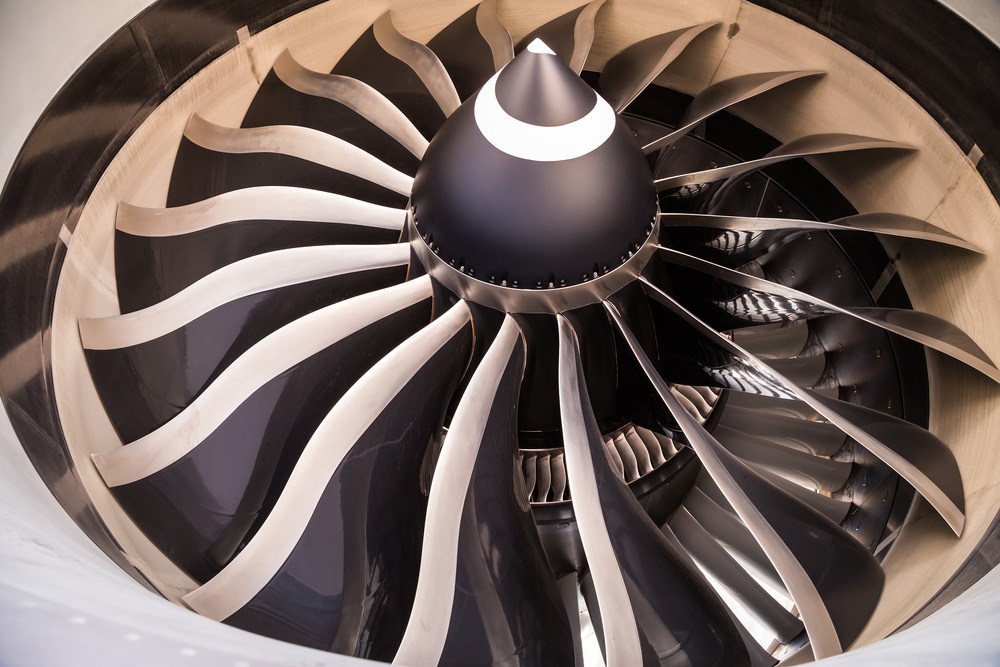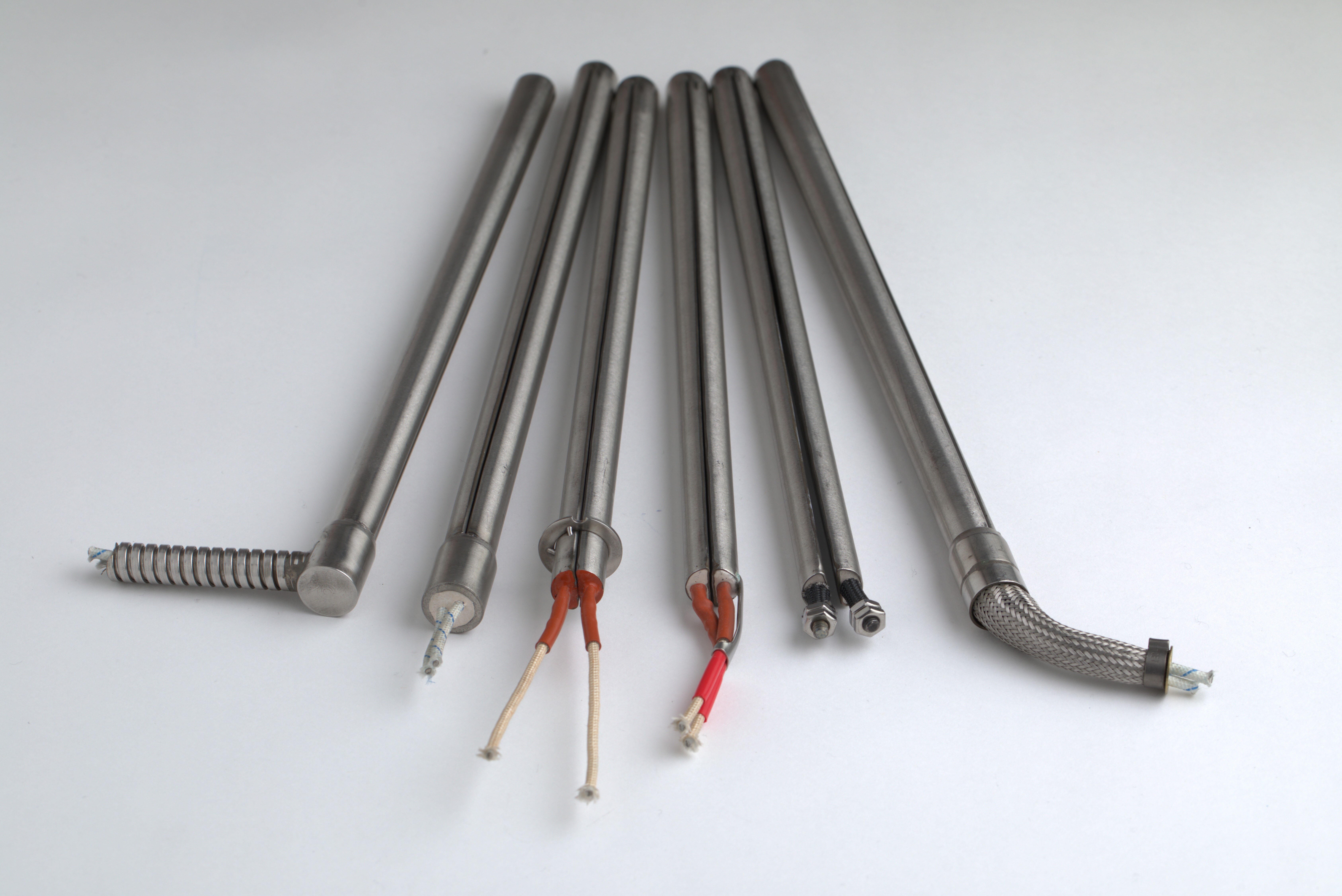Solving Sizing and Design Challenges in Aerospace Heating Applications with Split Sheath Cartridge Heaters
In industrial aerospace manufacturing, precision is not just a requirement, it's the foundation of everything engineers do. Every component, every process, and every degree of temperature control plays a role in achieving mission-critical quality standards. Heating elements, particularly cartridge heaters, are no exception.
However, traditional cartridge heaters often fall short when it comes to the very specific needs of aerospace manufacturing. From composite forming tools and vacuum fixtures to hydraulic system components and high-performance test rigs, aerospace applications demand heat sources that are both precise and adaptable. And yet, engineers are often constrained by standard cartridge heater designs that lack the flexibility to meet unique engineering requirements.
One of the biggest challenges engineers face in this space is proper sizing and fit, a variable that, if not executed correctly, can compromise the efficiency, safety, and longevity of a heating system. That’s where split sheath cartridge heaters come in.
The Fit Problem: Why Standard Cartridges Aren’t Enough
Let’s face it—standard cartridge heaters are rigid in more ways than one. Whether it’s a bore that’s just slightly off-spec, a mating surface that’s less than ideal, or thermal expansion that shifts during high cycles, even a small mismatch in fit can lead to poor heat transfer. That’s not just a performance issue, it can lead to premature failure of the heater or even the tooling.
In aerospace manufacturing, engineers simply don’t have room for error. They work with tight tolerances, exotic materials, and temperature-sensitive processes. When a heater doesn’t make consistent contact with the bore wall, heat transfer becomes uneven. That can result in longer cycle times, inconsistent part quality, and in the worst case, scrapped high-value components.
The Solution: Split Sheath Heaters
Split sheath cartridge heaters are engineered specifically to solve the fit issue. Unlike traditional rigid heaters, split sheath designs feature a compressible outer sheath that expands outward when energized. This self-adjusting mechanism ensures intimate contact with the bore wall, even in imperfect or worn bores.
This design has two major advantages:
Superior Heat Transfer – With near-perfect surface contact, split sheath heaters drastically improve thermal conductivity. That translates into faster heat-up times and tighter control over process temperatures.
Simplified Sizing and Installation – Since the heater adjusts to the bore, engineers no longer need to stress over micrometer-level bore tolerances. That reduces installation error and allows for more flexibility in tooling design.
Adapting to Unique Aerospace Needs
The other limitation of traditional cartridge heaters is their lack of design flexibility. Aerospace manufacturing often calls for:
- Custom wattage distribution across the heater
- Unique lengths and diameters to match custom tooling
- High-temperature stability for prolonged cycles
- Resistance to vibration or rapid thermal cycling
Split sheath heaters can be easily customized to fit non-standard geometries and application-specific requirements. Engineers can specify cold sections, distributed wattage, sensor integration, and surface treatments—all tailored to exact use cases in aerospace.
Whether you’re forming thermoplastics in composite molds, heating tooling in autoclaves, or maintaining temperature stability in environmental chambers, split sheath heaters offer a level of control and adaptability that standard heaters simply can’t match.
Final Thoughts
As engineers, we strive to eliminate variables and push the boundaries of precision. In aerospace, those goals aren’t just about innovation, they’re essential to safety, performance, and product lifecycle.
Split sheath cartridge heaters provide a way to reduce uncertainty in heater sizing, improve heat transfer efficiency, and create solutions that are as custom as the components we build. They’re not just a better fit, they’re a smarter choice for the future of aerospace manufacturing.

